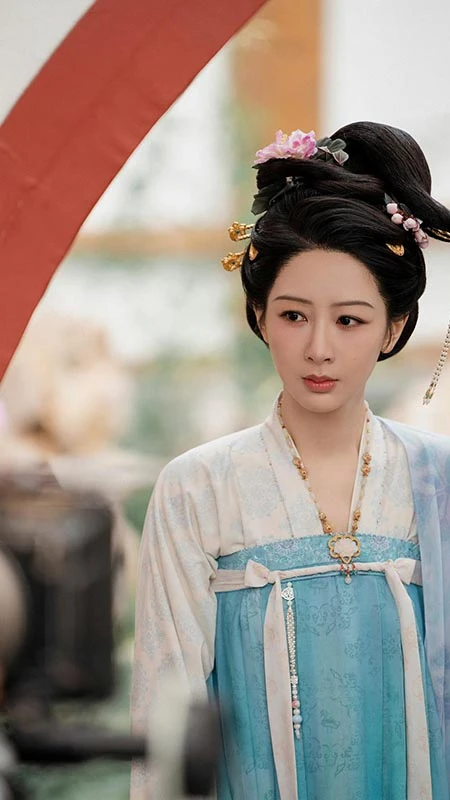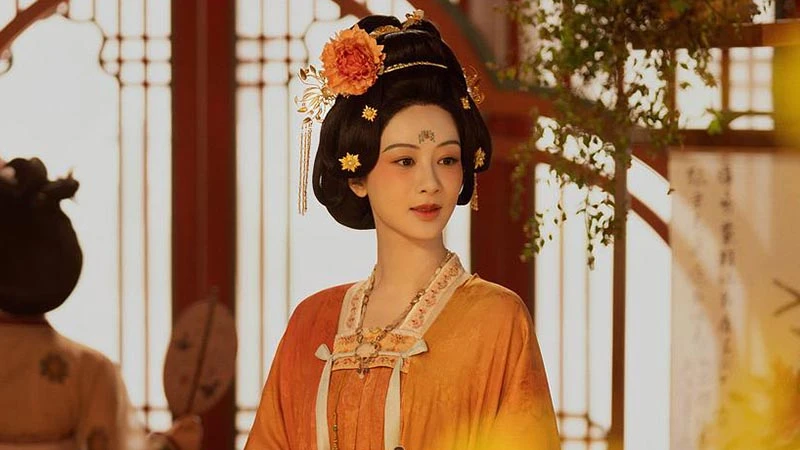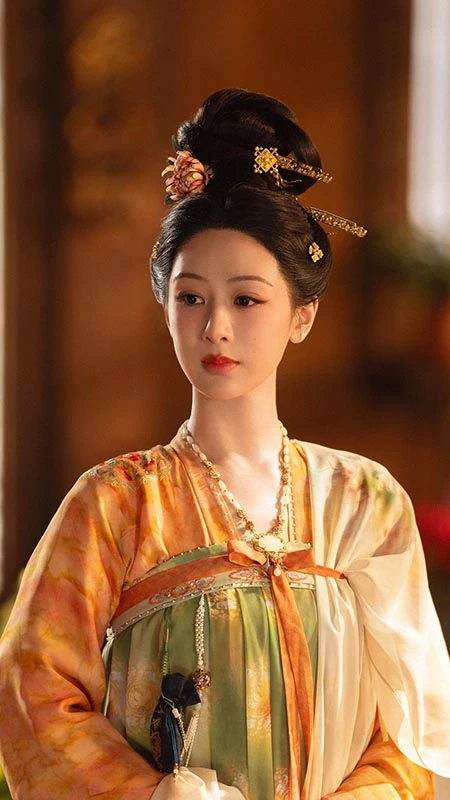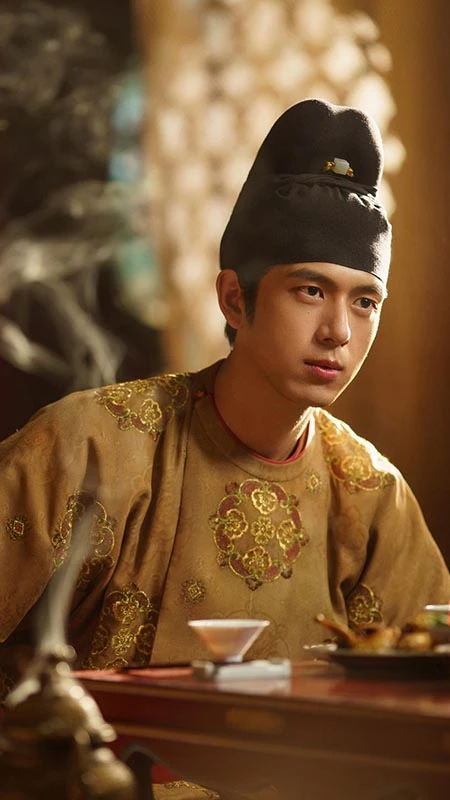The recent Chinese television series Flourished Peony (国色芳华) has captivated audiences not only with its lavish production design and meticulous recreation of Tang Dynasty (618–907 AD) society but also with its unflinching exploration of women’s agency in a patriarchal world. At its core, the drama follows He Weifang (何惟芳), a merchant’s daughter trapped in a loveless marriage, as she navigates the rigid legal and social frameworks of her time to reclaim her freedom. While the plot is fictional, its portrayal of Tang-era divorce laws—and their haunting parallels to modern marital disputes—offers a compelling lens through which to examine China’s evolving legal landscape.

Part I: A Woman’s Fight Against Feudal Constraints
The series opens with He Weifang’s forced marriage into the influential Liu family, a union orchestrated to secure medicine for her ailing mother. However, the Liu household reveals itself as a den of cruelty: scornful of her merchant-class background, they exploit her dowry while denying her dignity. Tragedy strikes when Weifang discovers the medicine promised by her in-laws is counterfeit, leading to her mother’s preventable death.
Determined to escape her gilded cage, Weifang seeks an amicable divorce (he li)—a concept formally recognized during the Tang Dynasty. Her husband, Liu Chang, refuses, and when he attempts to assault her, Weifang petitions the local magistrate. Yet the court dismisses her plea, citing her "failure" to bear children and "disrespect" toward her in-laws. Instead, the magistrate advises Liu Chang to invoke the Qi Chu (“Seven Grounds for Repudiation”), a one-sided divorce mechanism that epitomized the era’s systemic misogyny.
This gripping narrative arc mirrors historical realities, drawing directly from the Tang Code (唐律疏议), a legal masterpiece that codified marital dissolution with chilling precision.
Part II: The Tang Code’s Divorce Framework—A Double-Edged Sword
The Tang Code, a cornerstone of East Asian legal tradition, outlined three primary avenues for ending a marriage:
Amicable Divorce (He Li, 和离)
Introduced during the Tang era, he li allowed couples to dissolve marriages mutually if “harmony” was irreparably broken. The law stated: “If husband and wife cannot live peacefully and agree to separate, neither shall be punished.” While progressive for its time, he li remained fraught with barriers. Women like Weifang faced immense societal pressure to preserve marriages, and mutual consent often hinged on male approval.
The “Seven Grounds for Repudiation” (Qi Chu, 七出)
Rooted in Confucian ethics, the Qi Chu empowered men to unilaterally divorce wives for offenses ranging from disobedience to in-laws (Article 1) to infertility (Article 2) and gossip (Article 6). The code also introduced the San Bu Qu (“Three Exceptions”), prohibiting divorce if a wife had mourned her in-laws, married into poverty, or had no family to return to. Yet these exceptions rarely protected women from arbitrary repudiation.
Mandatory Divorce (Yi Jue, 义绝)
Unique to the Tang Code, yi jue compelled divorce in cases of extreme familial conflict—such as violence between in-laws—to preserve social order. Authorities strictly enforced this provision, penalizing couples who refused to separate with a year of forced labor.
While the Tang Code represented a legal milestone, its enforcement often reinforced gender hierarchies. As Flourished Peony illustrates, women’s autonomy remained subordinated to familial and societal interests.
Part III: From Tang Dynasty to Modernity—The Evolution of Divorce Law
Modern China’s marriage laws, codified in the Civil Code (2021), reflect seismic shifts from their Tang-era predecessors. Today, divorce is governed by two pathways:
Mutual Agreement Divorce: Couples file jointly with a notarized agreement on asset division and child custody. A 30-day “cooling-off” period aims to reduce impulsive splits.
Litigated Divorce: Courts grant divorce if mediation fails and “mutual affection is irretrievably broken,” with criteria including abuse, adultery, or long-term separation.
Notably, archaic concepts like the Qi Chu have been abolished. Infertility, for instance, is no longer grounds for divorce—a stark departure from Tang norms. Instead, China’s legal framework now emphasizes spousal support obligations, mandating financial assistance for vulnerable parties (e.g., the ill or disabled) post-divorce.
Yet echoes of the past linger. As Flourished Peony’s protagonist discovers, societal stigma around divorce persists, particularly for women. The series’ resonance lies in its unvarnished portrayal of a struggle that transcends centuries: the quest for self-determination in a world that often denies it.
A Legal Legacy Reimagined
Flourished Peony is more than a historical drama—it is a mirror reflecting the enduring tensions between tradition and progress. By weaving Tang-era legal intricacies into its narrative, the series invites viewers to reckon with how far women’s rights have advanced—and how far they still must go.
For audiences in North America and Southeast Asia, the drama offers a poignant entry point into China’s cultural and legal history, while underscoring universal themes of resilience and justice. As He Weifang’s journey reminds us, the fight for autonomy is timeless, transcending dynasties and borders.



